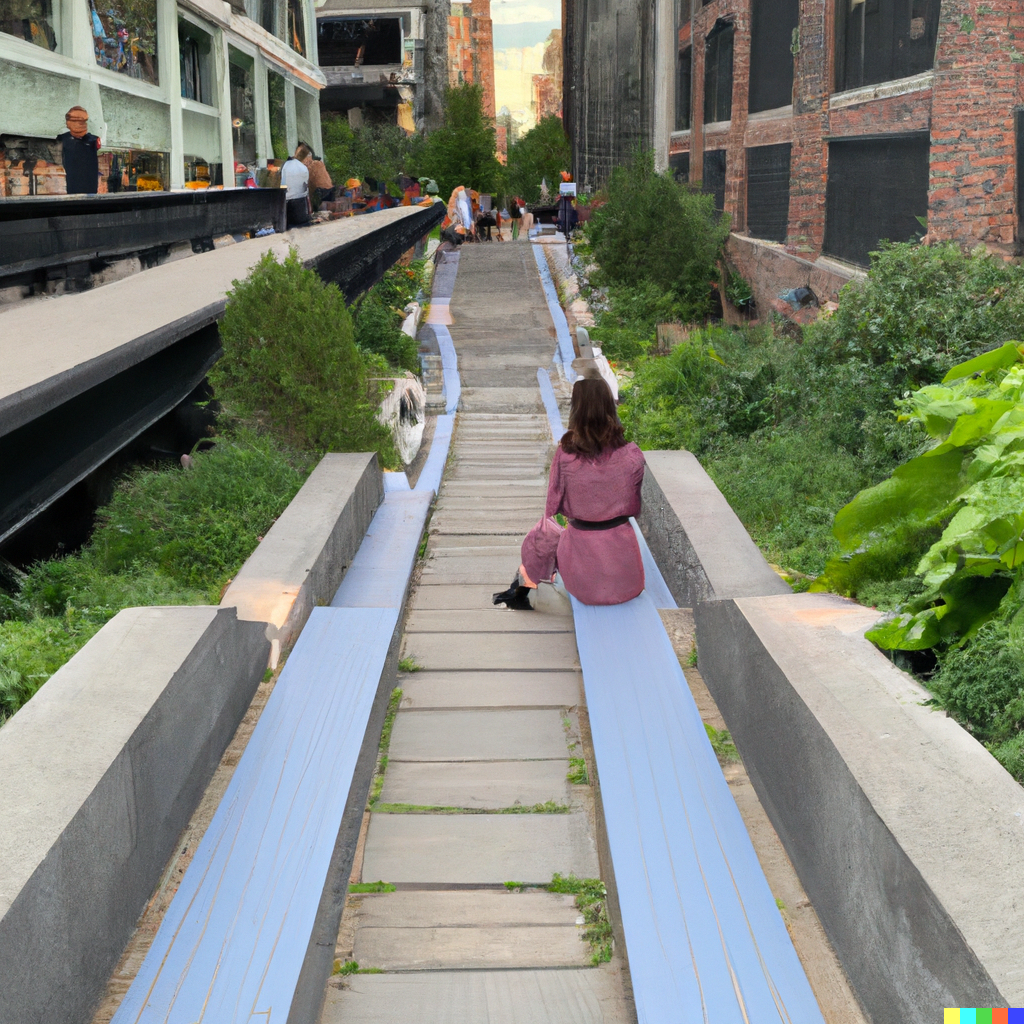Mastering User-Centered Design: A Comprehensive Guide to UX Principles and Best Practices

Unraveling the world of user-centered design can feel like a journey of discovery that never ends. As designers and architects, our ultimate goal is to create products and spaces that cater to the needs, desires, and preferences of the end-users. By focusing on the individuals who will interact with our creations, we ensure a more successful, enjoyable, and engaging experience.
Understanding User-Centered Design
So, what exactly does user-centered design entail? At its core, this approach prioritizes the needs, expectations, and preferences of users throughout the design process. The aim is to create products or spaces that are not only functional but also intuitive, accessible, and enjoyable to use.
Core Concepts of User-Centered Design Principles
To truly understand and implement user-centered design principles, one must become familiar with its core concepts. These include:
Empathy and Understanding
Knowing your users is essential for designing products or spaces that will genuinely resonate with them. This involves conducting research, observing their behavior, and understanding their needs, motivations, and goals.
Collaboration and Co-Creation
Encouraging active participation from stakeholders, including end-users, can help to ensure that a design meets their needs and preferences. Workshops, brainstorming sessions, and user testing are all valuable methods for incorporating user feedback into the design process.
Iterative Design and Prototyping
Embracing an iterative approach, wherein designers refine and test their ideas through multiple cycles, is key to crafting a user-centered design. Prototyping, whether low-fidelity or high-fidelity, can help validate design decisions and identify areas for improvement.
Accessibility and Inclusivity
User-centered designs should cater to as many users as possible, regardless of their age, background, or abilities. This means creating products and spaces that are accessible, usable, and enjoyable for all.
Flexibility and Adaptability
Designs should be adaptable to different user needs, preferences, and contexts. This might involve offering various ways to interact with a product or space, accommodating diverse user behaviors, or making the design easy to customize.
Real-World Examples of User-Centered Design
By embracing these principles, designers can create compelling, user-friendly experiences. For instance, Apple’s intuitive and user-friendly interface has helped to make their products accessible and appealing to a wide range of users. Similarly, the open-plan layout of modern office spaces is designed to foster collaboration, creativity, and flexibility, catering to various work styles and preferences.
In the realm of architecture, user-centered design has led to the development of spaces that are both functional and aesthetically pleasing. One such example is the High Line in New York City, a public park built on an abandoned elevated railway. The park features a variety of seating options, lush greenery, and art installations, offering an engaging and accessible space for people of all ages and abilities to enjoy.





